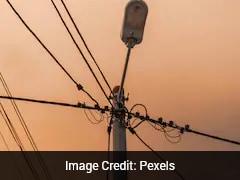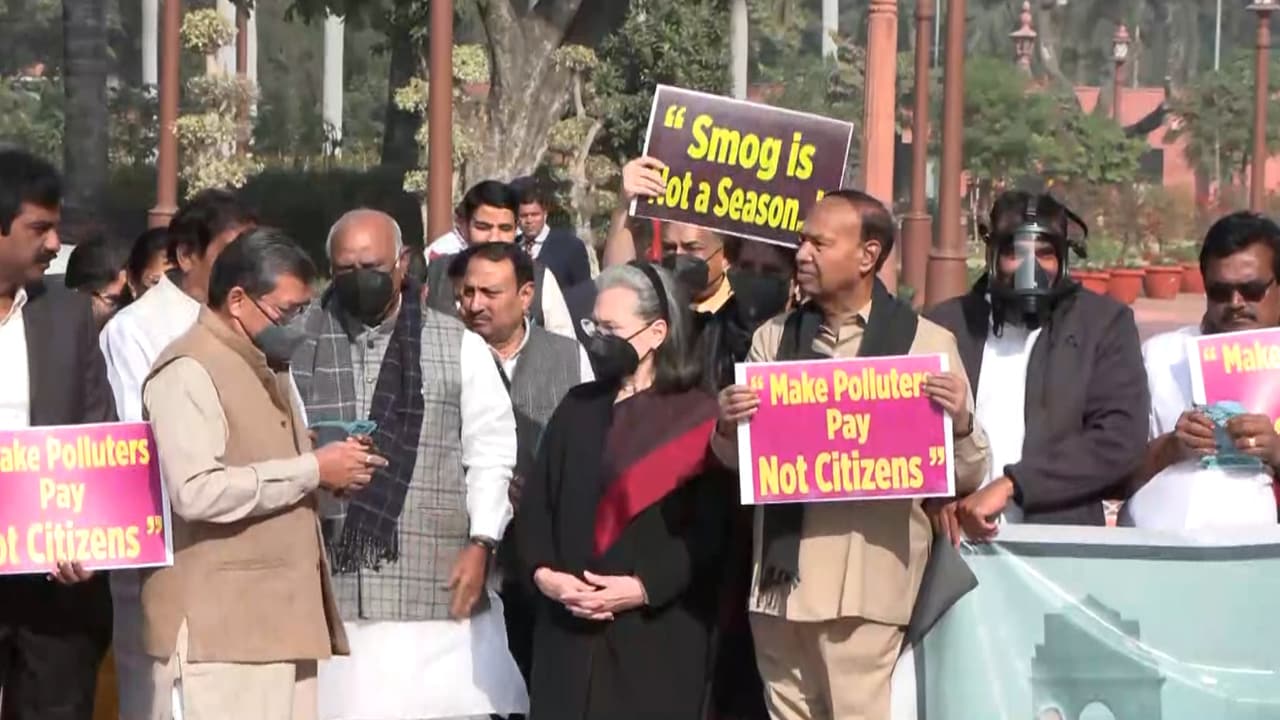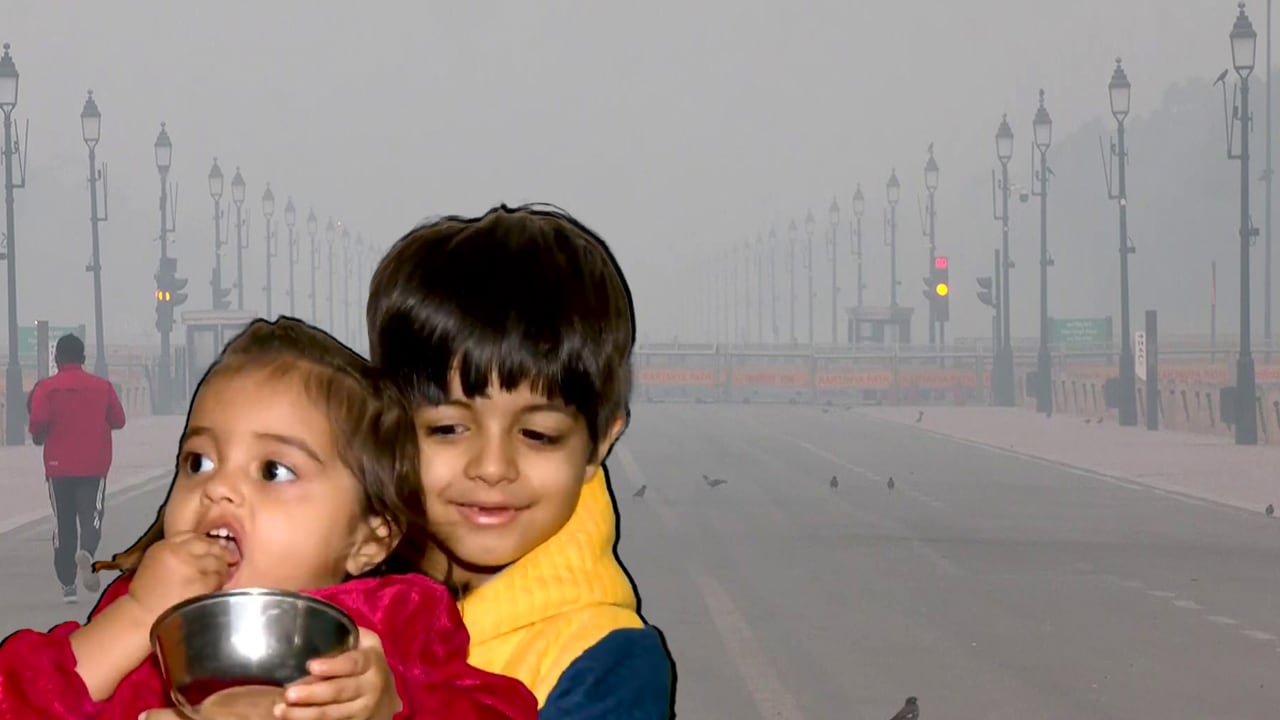- Home/
- Lung Cancer Awareness Month 2025: Can Protection From Air Pollution Reduce Risk?
Lung Cancer Awareness Month 2025: Can Protection From Air Pollution Reduce Risk?

Lung cancer accounts for a very large share of cancer deaths worldwide. Lung Cancer Awareness Month is the annual push to change that: to educate the public, name myths, promote screening for those at high risk, and push for cleaner air and stronger prevention policies. Public awareness months do three practical things: they get people who are at risk to ask their doctors about screening; they press policy-makers to fund clean-air and tobacco-control measures; and they help survivors and carers feel less alone while mobilising donations for research and better treatment access.
Outdoor (ambient) air pollution especially fine particulate matter (PM2.5) and traffic-related gases was classified by the International Agency for Research on Cancer (IARC) as a Group 1 carcinogen for lung cancer. In plain language: enough high-quality studies show that long-term exposure to polluted air raises your chance of developing lung cancer. Large cohort and meta-analytic studies including very recent work link small increases in PM2.5 with measurable increases in lung-cancer risk, particularly adenocarcinoma which is the common type seen in non-smokers.
Can protecting yourself from air pollution really reduce your risk?
Population-level reductions in air pollution produce the largest gains which is fewer cases overall. Individually, you can lower your personal exposure and therefore slightly lower your cumulative risk. That matters especially if you already have other risks like a history of smoking, occupational exposures or a family history. Personal measures like masks, indoor filters and behaviour changes reduce your individual exposure while those policies catch up.
Tips to reduce your lung-cancer risk
1. Quit smoking
This is still the single biggest step to lower your lung-cancer risk. If you smoke, talk to your doctor about support programs and medicines, they work. Population studies repeatedly show the largest risk drop after quitting.
2. Check if you're eligible for screening
If you are aged 50–80 with a long smoking history or meet local guidelines, low-dose CT screening can detect early cancers that are curable.
3. Reduce indoor air pollution at home
Where possible, switch to clean fuels like LPG, piped gas, electric cooking or use improved chimneys and careful ventilation. WHO guidance highlights household energy as a crucial target.
4. Use practical protection on high-pollution days
Check local air-quality forecasts. On smoggy days, avoid heavy outdoor exercise, close windows during peak traffic hours, and consider an N95/KN95 respirator if you must be outside for long. Indoor portable HEPA air purifiers can lower particle levels in small rooms. These measures lower short-term exposure and add up over time.
5. Choose your route and timing
Avoid walking or cycling on busy roads at rush hour. Pollution is often much higher near heavy traffic, a small detour can cut exposure substantially.
6. Support and vote for clean-air policies
Individual steps are helpful, but population health changes when cities reduce traffic emissions, switch to clean energy and control industrial pollution.
7. Look after your overall health
Control diabetes, maintain a healthy weight, exercise (in cleaner settings), and eat a balanced diet, all help your lungs and your immune system. Some of these factors show up in global risk studies for lung cancers and respiratory disease.
Awareness months are a good time to re-check smoking status, talk to your GP about screening if you're eligible, and ask your local representatives what they're doing about clean air.
Disclaimer: This content including advice provides generic information only. It is in no way a substitute for a qualified medical opinion. Always consult a specialist or your doctor for more information. NDTV does not claim responsibility for this information.
References
LUNG FORCE / Lung Cancer Awareness Month (campaign information) — American Lung Association, 2024–2025.
November is Lung Cancer Awareness Month (awareness and screening guidance) — American Association for Cancer Research (AACR), 2024–2025.
Outdoor air pollution and particulate matter — IARC Monograph: evaluation and classification (outdoor air pollution and PM) — International Agency for Research on Cancer (IARC/WHO), 2013 (and related IARC materials updated).
Ambient (outdoor) air quality and health — fact sheet — World Health Organization (WHO), 2024.
The role of PM2.5 exposure in lung cancer (mechanisms and evidence review) — National Center for Biotechnology Information (NCBI/NIH), 2024.
Particulate matter air pollution as a cause of lung cancer (meta-analysis) — Nature / British Journal of Cancer, 2025.
Global Burden of Disease 2021 — findings on air pollution and lung cancer — Institute for Health Metrics and Evaluation (GBD analysis, 2021 data published 2024).
also read
Latest Stories
- Written by Rupashi Chhabra | Monday December 08, 2025
Maintaining lung health is essential for longevity. Here are five simple steps to perform an anti-pollution lung detox for long-term well-being.
- Edited by Astitva Raj | Sunday December 07, 2025
His post clearly explains the various daily challenges he faced after moving to India from Ireland.
- Edited by Srishti Singh Sisodia | Sunday December 07, 2025
These cities serve as examples of how natural surroundings and effective pollution control can contribute to cleaner air.
- Press Trust of India | Sunday December 07, 2025
Ghaziabad was the most polluted city in India in November, with a monthly average PM2.5 concentration of 224 microgram per cubic metre and air quality remaining above the national standards on all 30 days, according to a new analysis.
- Reported by Ishika Verma | Saturday December 06, 2025
New Delhi: Two days after Chief Minister Rekha Gupta held a high-level review meeting, the Delhi government on Saturday formally notified the constitution of a new Expert Group on Air Pollution Mitigation and a High-Level Implementation Committee.
................................ Advertisement ................................
Latest Videos
Opinion
Blog | Well Done, Delhi. You've Turned Lung Sacrifice Into A Badge Of HonourSaikat Kumar Bose
Monday November 10, 2025Till some years back, Delhiites would ask angry questions to those in power about the capitals annual tryst with toxic air. This has changed. Those in the driving seat dont see the need to answer now.
Opinion | Why Indians Have Just Given Up On Air Pollution CrisisTanushree Ganguly
Friday December 20, 2024While some may argue that people in Delhi are now more aware of air pollution than they were a decade back, my rebuttal would be that awareness does not mean that people are concerned.
Opinion | You Must Outrage Over Filthy Air More Than Once A YearJyoti Pande Lavakare
Tuesday December 10, 2024Delhi welcomed us with monsoon rains and mangos. We were home. Fast forward a couple of years, in the winter of 2012, I found myself in denial about something other parents, mostly expats, were calling toxic air.
Opinion | Delhi's Air Pollution Situation Is Like A Bad MarriageNishtha Gautam
Friday November 22, 2024On a good day, such as today, the AQI reading in Delhi is 407. We are jubilant at the sickly sunshine trickling through the slightly dissipated smog. At least its not 1600.
दिवाली... पराली... सियासी जुगाली!Ashwini kumar
Monday November 18, 2024दिल्ली-एनसीआर में प्रदूषण का समाधान तो आज तक मिला नहीं. हर साल चिंतित होकर हम-आप सांसों की तकलीफ के साथ-साथ दिल और ब्लड प्रेशर के मरीज भी क्यों बनें?


















